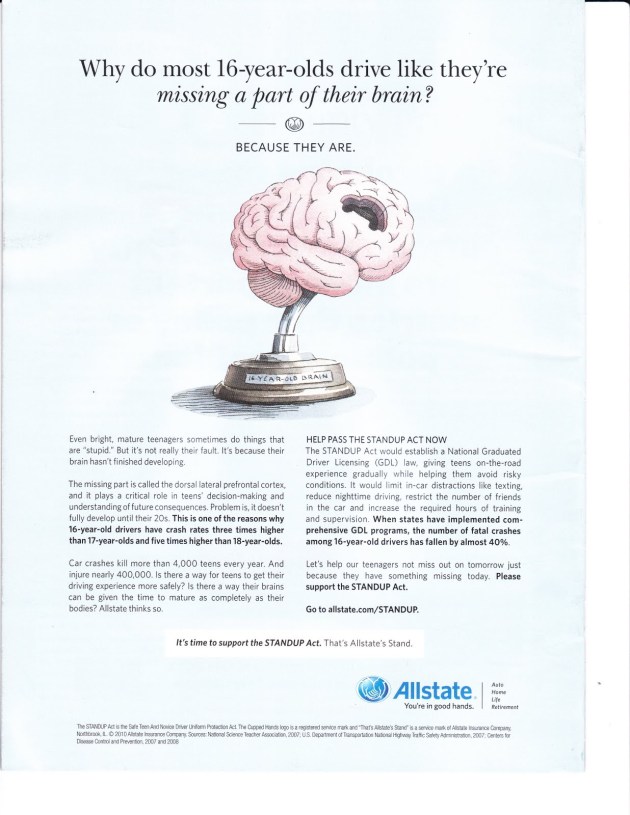No, this post isn’t about Galileo’s persecution and how Italian authorities suppressed scientific advancements for the past four hundred years. But that tradition appears to be alive an well on the Apennine Peninsula. After today’s verdict – in which seven geophysicists were convicted because they didn’t predict an earthquake– all I can say is that Italy really doesn’t deserve to have scientists anymore. Four hundred years ago they burned Giordano Bruno for his heliocentric beliefs. Ten years later, they confined Galileo to his house for the same crime. Today, they convicted seven risk experts for not predicting an earthquake.

The earthquake leveled L’Aquila.
It is sad but true that the Italian city L’Aquila lies in what you might call earthquake alley. It’s been hit many times in the past and I’m quite sure it will be hit again. But the matter before the court was about the quake that struck on April 6, 2009 and that geologists in charge of risk didn’t warn the people enough. The prosecution stressed that their crime was not an inability to predict the quake, but rather, that they did not adequately characterize the risks to people who live on a peninsula known around the world for catastrophic volcanoes and earthquakes.
Let that sink in a bit.
You can read the BBC account of the verdict here. It stretches the farthest limits of my imagination to try and understand this court’s decision. It demonstrates a complete failure to understand risk, chance, probability and uncertainty. The prosecution maintained that the scientists made misleading statements and used the power of authority to put people in danger. Well, duh. Probabilities – chance – is inherently unclear and difficult to understand. To all but the most knowledgable experts, this stuff is misleading, difficult to grasp, and easily misinterpreted. And fundamentally, it is impossible to ‘adequately characterize’ the risks of a single event. It’s impossible — even after you know the result!
If I make a probabilistic prediction that something has an x% chance of happening, it is fundamentally impossible to know if I was right or wrong by looking at only one event. If I say there is only a 2% chance of rain tomorrow so you don’t need to take your umbrella and then it rains, that doesn’t mean I was wrong. It’s quite possible that we just happened to have been in the 2% zone of “rain.” In order to test my accuracy, I need to make several predictions and each of then needs to be tested. And it is impossible – not hard mind you, but impossible – to correctly determine if a probabilistic prediction is accurate with only one observation. In today’s court case, the judge clearly believes that the risks were higher than the scientists said. This is probably the case because he only sees this one result – which was unfortunately fatal. But he fails to understand that a fatal earthquake can occur even if the chance of it happening is extremely small. And the chance of an earthquake happening at any point in time is extremely small. So exactly how much warning should the geophysicists have given to these inhabitants of earthquake prone Italy?!? Not more than it deserved, which is about as much as they gave. Accurately. His ignorance of probabilities results in a no-win situation to anyone who understands even the basics of risk management.
I can get quite passionate about science, education, and about a real need to understand probabilities even on a normal day. In this case, my blood is boiling. It’s simply sickening to think that experts’ careers are over and they are suffering in jail because the person in charge of deciding if they should suffer is ignorant of a basic understanding of what they’re accused of failing to do!
The seven scientists were sentenced to prison and barred from holding public office after only four hours of deliberation. They were all members of the National Commission for the Forecast and Prevention of Major Risks. I wouldn’t be surprised if all of the other members resigned today and left. I know I would.




